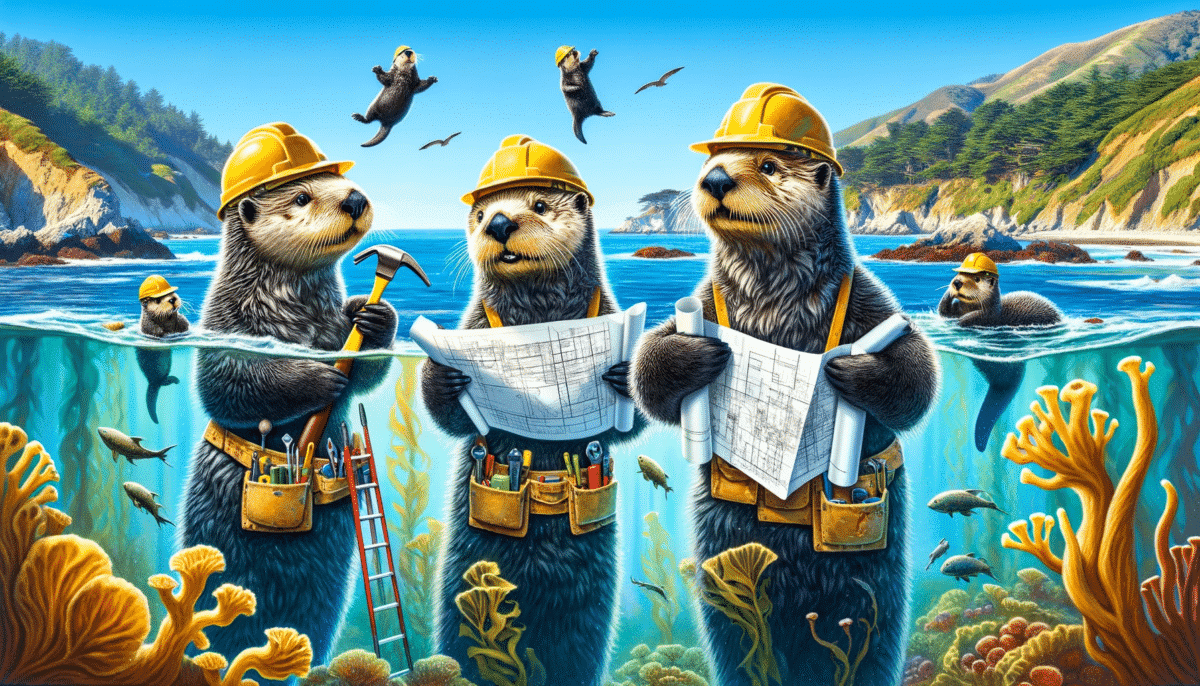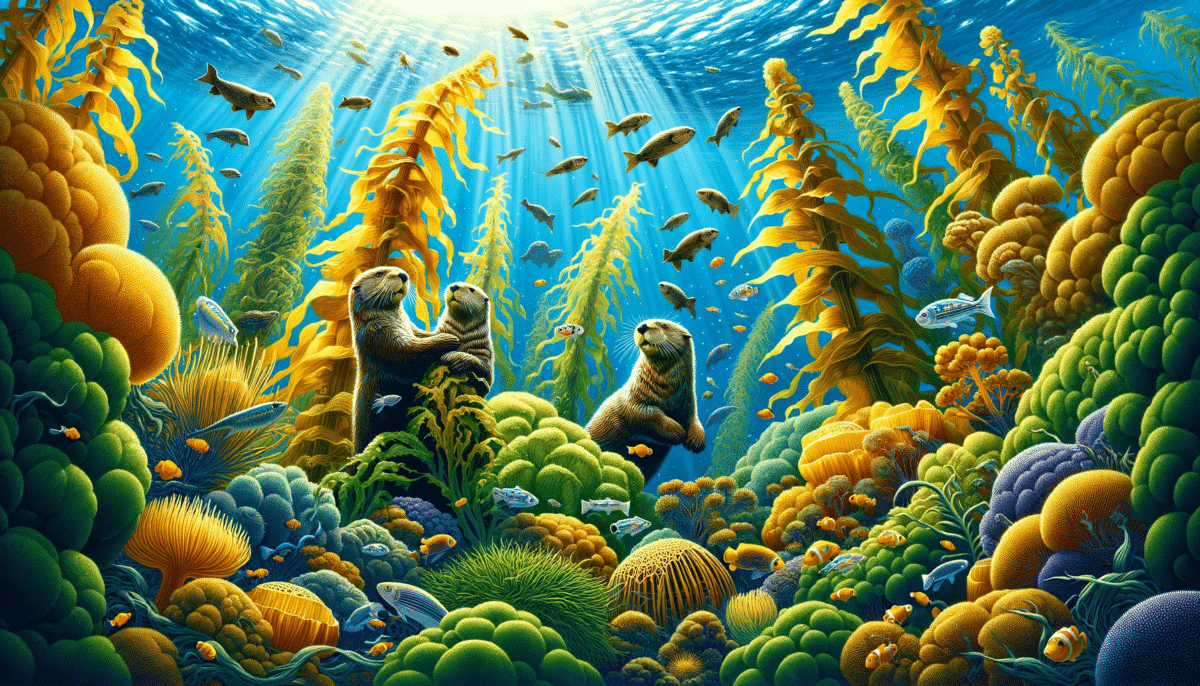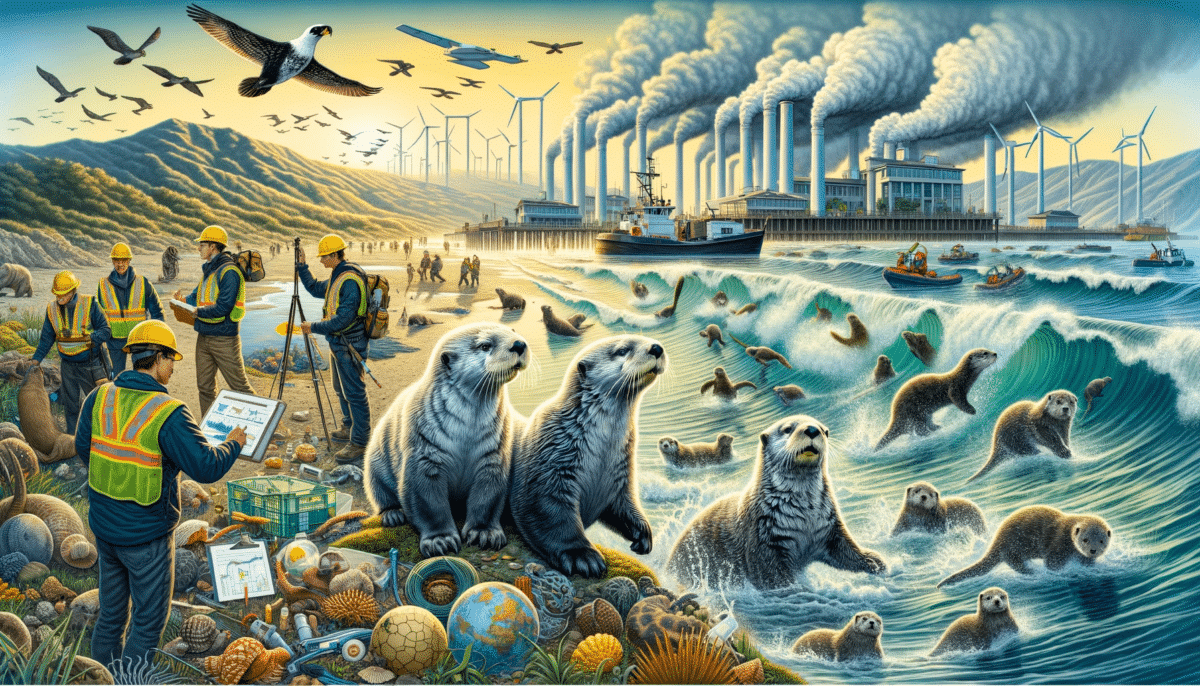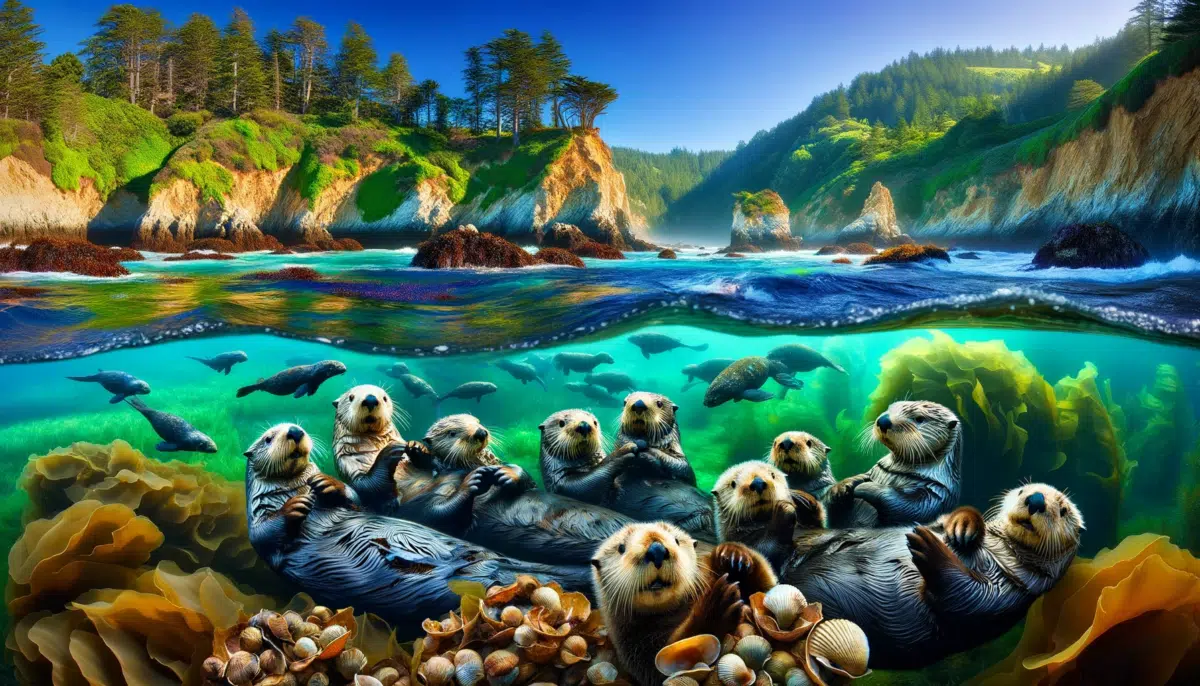In the vast expanse of California’s coastline, amidst the crashing waves and sprawling beaches, a small, furry creature plays a role far greater than its size suggests. The sea otter, an endearing marine mammal, is not just a delight to behold but also a vital component of the coastal ecosystem. This 450-word article delves into the fascinating world of sea otters, highlighting their ecological significance and the challenges they face.
Ecological Impact of Sea Otters

Sea otters, with their fluffy fur and playful antics, are often seen as the charismatic ambassadors of the marine world. However, beyond their aesthetic appeal lies a crucial ecological function. Sea otters are known as a keystone species, meaning their presence and activities have a disproportionate impact on their environment. One of the most significant roles they play is in maintaining the health of kelp forests.

Kelp forests are underwater ecosystems that provide habitat and food for a myriad of marine species. Sea otters contribute to the health of these forests by preying on sea urchins, which, if left unchecked, can overgraze and decimate kelp populations. By controlling sea urchin numbers, otters facilitate the growth and abundance of kelp, which in turn supports the broader marine ecosystem.
Unique Adaptations
Adapted to a life in the cold waters of the Pacific, sea otters have the densest fur of any animal, with up to a million hair follicles per square inch. This remarkable fur provides insulation, keeping them warm in their chilly habitat. Unlike other marine mammals, otters do not have a layer of blubber, so their fur is essential for their survival. They spend hours each day grooming to maintain the insulating properties of their fur.
Sea otters are also skilled hunters, using their dexterous front paws to find and grab prey. They are one of the few mammal species known to use tools; they often use rocks to crack open hard-shelled prey like clams and abalones.
Conservation Challenges

Despite their ecological importance, sea otters face numerous threats. Historically, they were hunted to near extinction for their luxurious fur, with the population plummeting to a few dozen by the early 20th century. Conservation efforts have helped their numbers rebound, but they are still classified as endangered.
Habitat loss
Today, sea otters contend with pollution, oil spills, and habitat loss. Climate change poses a new threat, as it can lead to changes in oceanic ecosystems that affect the availability of their prey. Conservationists and researchers are working to mitigate these threats, striving to ensure that sea otters continue to thrive and maintain the balance of California’s coastal ecosystems.
Conclusion
Sea otters are more than just cute faces on the California coast. They are vital ecosystem engineers whose survival is intricately linked to the health of the marine environment. Protecting these charming creatures is not just about preserving a species; it’s about maintaining the balance of an entire ecosystem. As we continue to explore and understand the role of sea otters, we are reminded of the interconnectedness of all life and the importance of conservation efforts.
Up next:
Watch This Disney-Like Scene of Otters Chasing Butterflies
Otter Pup Greets Man With Kisses
Gigantic Prehistoric Otter Discovered
Join our Forum for free today!

- The Kleptomaniac Cat That Rules Houston - July 20, 2024
- Elephant Makes a Lifelong Friend at Sanctuary in Tennessee - July 14, 2024
- Evidence For World’s Oldest Fossilized Forest Discovered in New York - July 11, 2024

